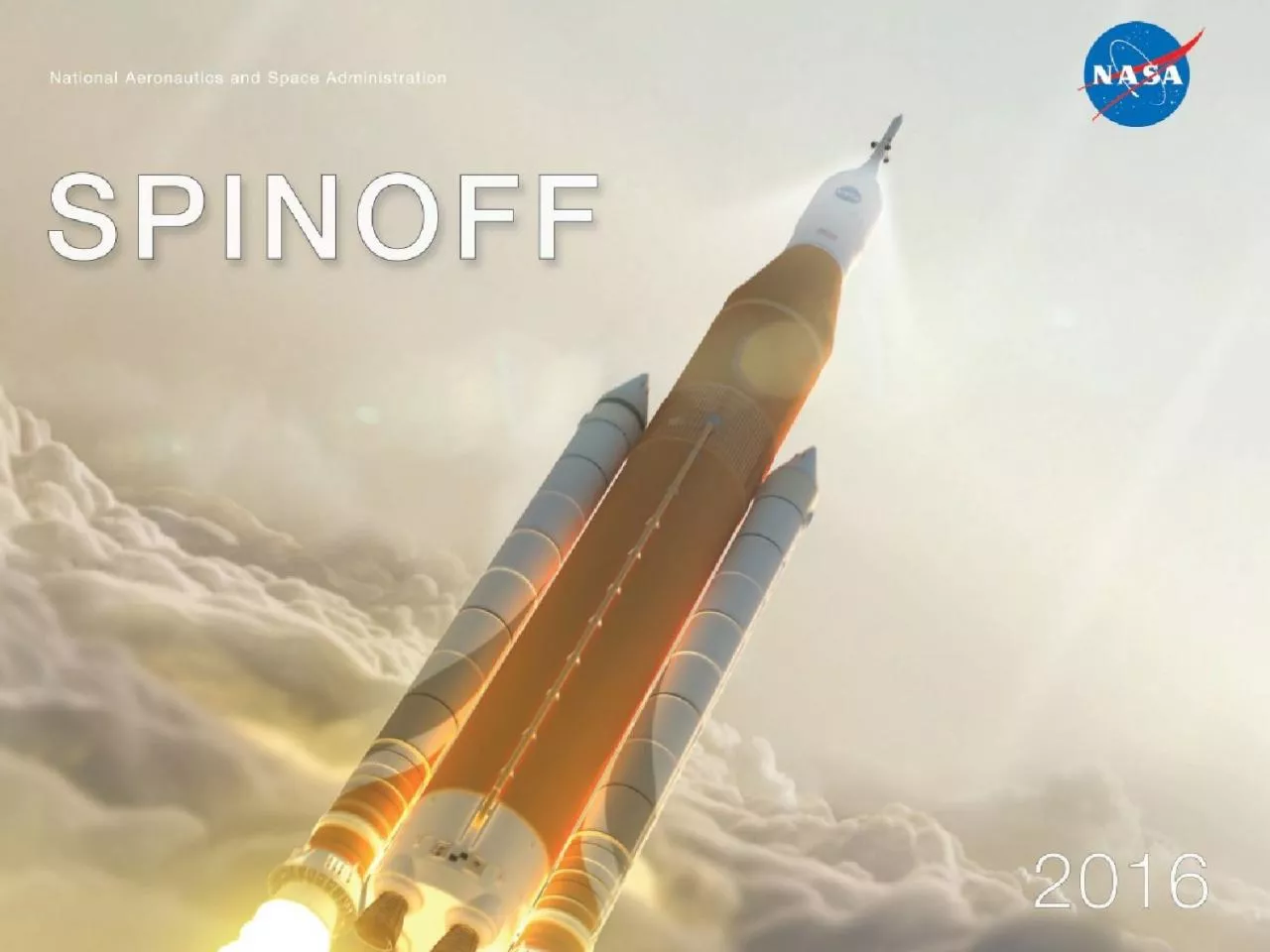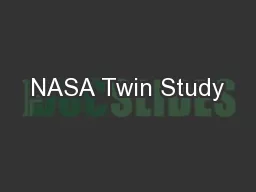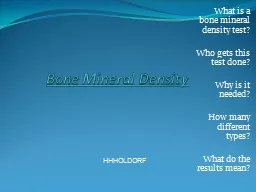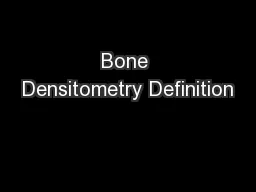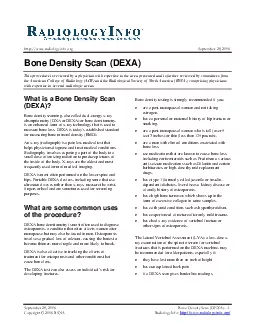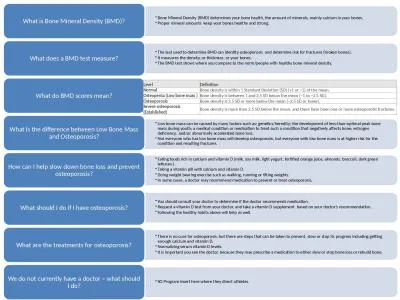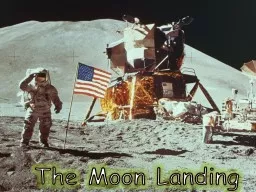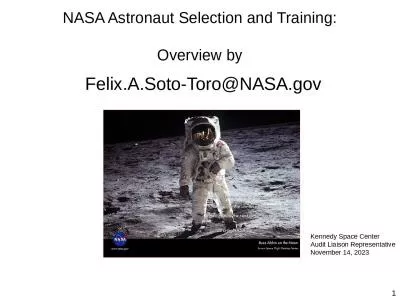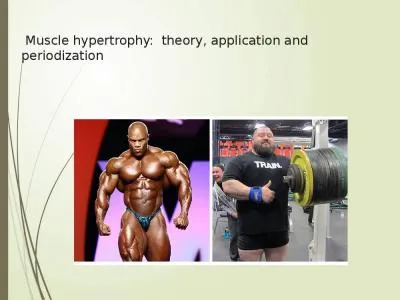PPT-NASA Technology NASA needs to learn how to protect bone density and muscle strength in
Author : SunshineFlower | Published Date : 2022-08-04
The Commercial B iomedical T esting M odule CBMT developed at Ames houses mice for experimentation in microgravity to study the problem Ames Research Center
Presentation Embed Code
Download Presentation
Download Presentation The PPT/PDF document "NASA Technology NASA needs to learn how ..." is the property of its rightful owner. Permission is granted to download and print the materials on this website for personal, non-commercial use only, and to display it on your personal computer provided you do not modify the materials and that you retain all copyright notices contained in the materials. By downloading content from our website, you accept the terms of this agreement.
NASA Technology NASA needs to learn how to protect bone density and muscle strength in: Transcript
Download Rules Of Document
"NASA Technology NASA needs to learn how to protect bone density and muscle strength in"The content belongs to its owner. You may download and print it for personal use, without modification, and keep all copyright notices. By downloading, you agree to these terms.
Related Documents

